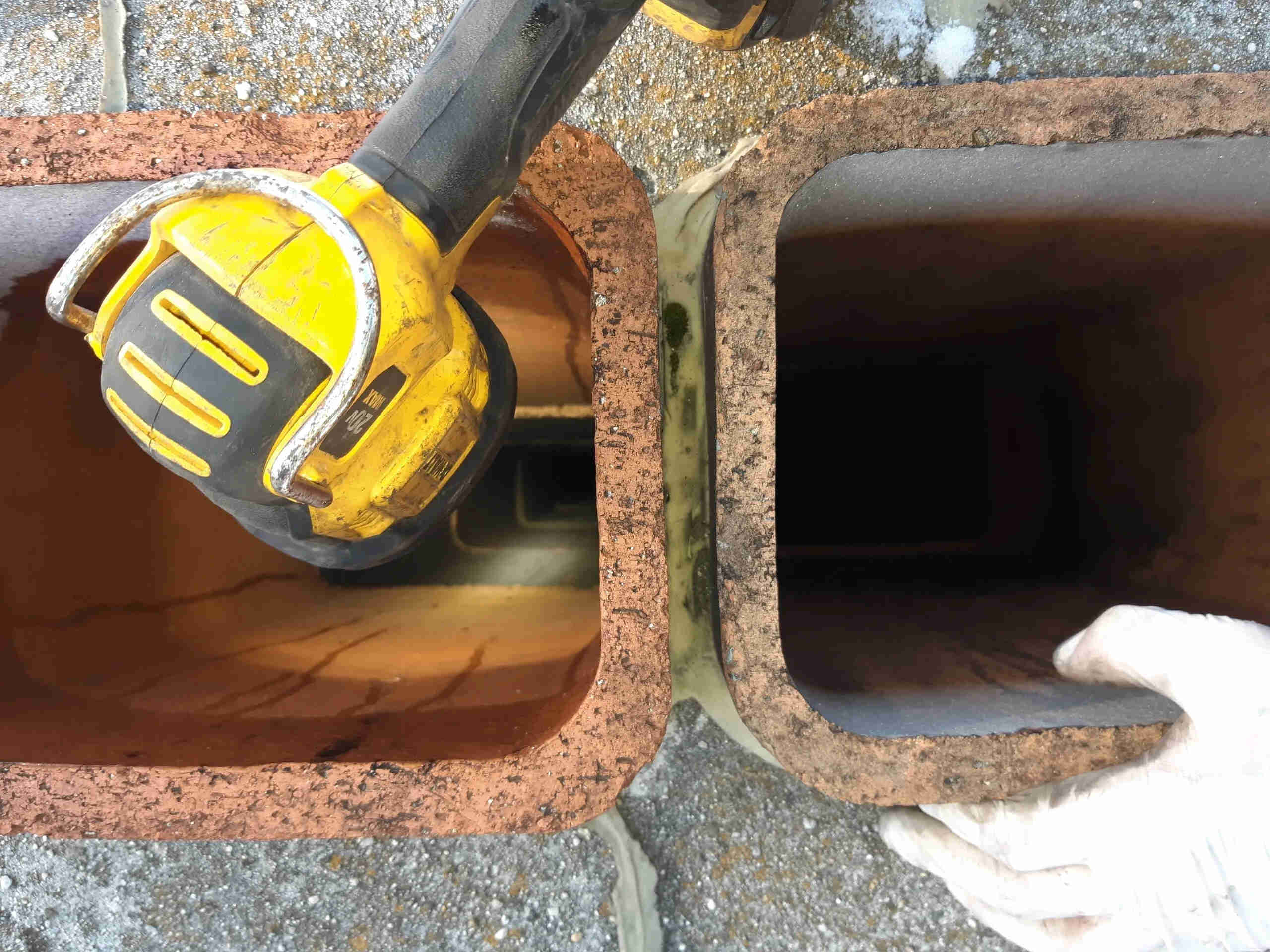

Articles
What Is A Level 2 Chimney Inspection
Modified: December 7, 2023
Looking for informative articles on what a level 2 chimney inspection entails? Get all the details you need to know about this crucial maintenance procedure.
(Many of the links in this article redirect to a specific reviewed product. Your purchase of these products through affiliate links helps to generate commission for Storables.com, at no extra cost. Learn more)
Introduction
A chimney is an essential component of your home’s heating system, ensuring the safe and efficient removal of combustion byproducts, such as smoke and gases, from your fireplace or furnace. Over time, chimneys can become damaged or develop issues that compromise their functionality and safety. To address these concerns, chimney inspections are conducted to assess the overall condition and performance of the chimney system. One type of inspection that is commonly performed is the Level 2 chimney inspection.
In this article, we will delve into the details of Level 2 chimney inspections, including their purpose, process, and importance. Whether you are a homeowner or a potential buyer, understanding the significance of these inspections can help you make informed decisions about the maintenance or purchase of a property.
Key Takeaways:
- Level 2 chimney inspections are crucial for identifying hidden issues and potential hazards that could compromise the safety and functionality of your chimney system, providing peace of mind and preventing costly repairs.
- Hiring a certified chimney professional for a Level 2 inspection ensures accurate assessments, compliance with regulations, and comprehensive evaluations, safeguarding the safety and longevity of your chimney.
Read more: What Is Level 2 BIM?
Understanding Chimney Inspections
Chimney inspections are a crucial part of chimney maintenance. They involve a comprehensive assessment of the chimney system to identify any issues or potential hazards that may exist. These inspections are typically carried out by certified chimney professionals who have the expertise and knowledge to spot potential problems and provide necessary solutions.
There are three levels of chimney inspections: Level 1, Level 2, and Level 3. Each level varies in terms of the scope and thoroughness of the inspection. Level 1 inspections are basic examinations that are conducted during routine chimney sweeping. They focus on checking for any visible damage or obstruction in the chimney system. Level 2 inspections, on the other hand, are more in-depth and involve a detailed assessment of the chimney’s interior and exterior. Level 3 inspections are the most comprehensive and are usually performed when there are significant concerns about the structural integrity of the chimney.
Level 2 chimney inspections are typically recommended in specific situations, such as when a property is being sold or transferred, when there have been changes made to the heating system, or when there has been a chimney fire. These inspections go beyond the visual examination of Level 1 inspections and require more advanced tools and techniques to evaluate the chimney’s condition accurately.
During a Level 2 chimney inspection, the chimney professional will examine both the accessible and inaccessible areas of the chimney, including the interior flue liners, exterior walls, and connections to ensure there are no structural damage, leaks, or other issues. They will also inspect the connections between the chimney and the heating appliance to ensure everything is properly installed and vented.
Understanding the different levels of chimney inspections and their purposes is crucial for homeowners to make informed decisions about the maintenance and safety of their chimney systems. By having regular inspections, potential issues can be detected early on, saving homeowners from costly repairs and ensuring the safety of their homes and families.
Level 2 Chimney Inspection: An Overview
A Level 2 chimney inspection is a comprehensive examination of the chimney system that goes beyond what is covered in a Level 1 inspection. It is typically recommended in specific situations that require a more detailed assessment of the chimney’s condition. Level 2 inspections are considered the standard inspection for real estate transactions, as they provide a thorough evaluation of the chimney’s safety and performance.
During a Level 2 chimney inspection, a certified chimney professional will examine both the visible and accessible portions of the chimney, as well as any concealed areas that can be safely accessed. This includes inspecting the interior and exterior of the chimney, as well as the connections to heating appliances and ventilation systems.
A Level 2 inspection is more in-depth compared to a Level 1 inspection, as it involves the use of specialized tools and equipment. Chimney professionals may use a camera system to inspect the interior of the chimney flue, looking for any cracks, excessive creosote buildup, or signs of deterioration. This allows them to assess the condition of the flue liner and ensure proper venting of gases.
In addition to the visual inspection, a Level 2 chimney inspection also includes a thorough examination of the accessible areas around the chimney. This can involve checking for any signs of moisture intrusion, damage to the chimney structure, or issues with the chimney cap, crown, or flashing. The inspector will also evaluate the chimney’s clearance to combustible materials, ensuring that the proper safety standards are met.
One critical aspect of a Level 2 chimney inspection is the assessment of the chimney’s ability to contain and vent combustion byproducts safely. This includes checking for any obstructions or blockages, such as animal nests or debris, that can restrict airflow or cause smoke and gases to backflow into the home.
Overall, a Level 2 chimney inspection provides a comprehensive evaluation of the chimney system’s safety and functionality. It aims to identify any potential hazards or issues that may pose a risk to the occupants or the property. By conducting a Level 2 inspection, homeowners can have peace of mind knowing that their chimney is in good condition and functioning as it should.
Reasons for Conducting a Level 2 Chimney Inspection
There are several key reasons why homeowners should consider conducting a Level 2 chimney inspection. While regular maintenance and Level 1 inspections are essential for the overall upkeep of your chimney, a Level 2 inspection provides a more thorough assessment that can uncover hidden issues and potential hazards. Below are some of the primary reasons for conducting a Level 2 chimney inspection.
1. Real Estate Transactions: If you are buying or selling a property, a Level 2 chimney inspection is often required. This inspection ensures that the chimney is safe and compliant with building codes. It provides crucial information for both the buyer and the seller, allowing them to negotiate any necessary repairs or adjustments.
2. Previous Chimney Fire: If your chimney has experienced a fire in the past, a Level 2 inspection is highly recommended. The intense heat and flames from a chimney fire can cause hidden damage, such as cracks or deterioration, that may not be noticeable during a Level 1 inspection. A Level 2 inspection will assess the extent of the damage and determine the necessary repairs or replacements.
3. Changes to the Heating System: If you have made changes or upgrades to your heating system, such as installing a new fireplace insert or connecting a different appliance to your chimney, a Level 2 inspection is crucial. This inspection ensures that the chimney is correctly sized, vented, and compatible with the new heating system.
4. Suspected Damage or Issues: If you suspect any issues with your chimney, such as leaks, water damage, or structural concerns, a Level 2 inspection can help detect and diagnose these problems. The inspector will thoroughly examine the chimney, including the interior, exterior, and connections, to identify any signs of damage or deterioration.
5. Creosote Buildup or Blockages: If there is a significant buildup of creosote, a highly flammable substance, or if there are blockages in your chimney, a Level 2 inspection is vital. These issues can increase the risk of chimney fires or obstruct the proper venting of combustion byproducts. The inspector will assess the extent of the buildup or blockage and recommend appropriate actions to mitigate the risk.
By conducting a Level 2 chimney inspection for these reasons, homeowners can ensure the safety, performance, and compliance of their chimney systems. This thorough assessment helps identify any potential hazards or issues, allowing for timely repairs or maintenance to maintain the structural integrity and functionality of the chimney.
Process of Level 2 Chimney Inspection
When conducting a Level 2 chimney inspection, certified chimney professionals follow a systematic process to thoroughly assess the condition and safety of the chimney system. The process typically involves several key steps outlined below:
1. Initial Assessment: The chimney professional will begin by conducting an initial assessment of the chimney, taking note of any visible damage or signs of issues. This includes checking for cracks, loose bricks, deteriorating mortar, or other indications of structural damage.
2. Preparation: Before starting the inspection, the chimney professional will take necessary safety precautions, such as wearing personal protective equipment and securing any necessary equipment or tools.
3. Interior Inspection: The inspector will use specialized tools, such as a camera system, to examine the interior of the chimney flue. This allows them to assess the condition of the flue liner, check for excessive creosote buildup, and identify any cracks or other damage that may be present.
4. Exterior Inspection: The chimney professional will carefully inspect the exterior of the chimney, checking for any signs of damage or deterioration. This includes examining the chimney cap, crown, flashing, and chimney structure. They will also evaluate the condition of the chimney crown and chimney cap to ensure they are intact and functioning properly.
5. Connections Inspection: The inspector will inspect the connections between the chimney and the heating appliance, such as a fireplace insert or furnace, to ensure they are properly installed and vented. They will also check for any signs of leaks, loose connections, or other issues that may affect the performance or safety of the chimney system.
6. Clearance Assessment: The inspector will evaluate the clearance of the chimney to combustible materials, ensuring that the proper safety standards are met. This includes checking the distance between the chimney and any nearby wood framing, insulation, or other flammable materials.
7. Documentation: Throughout the inspection process, the chimney professional will document their findings, including any identified issues, recommendations for repairs or maintenance, and overall assessment of the chimney’s condition.
It is important to note that the process of a Level 2 chimney inspection may vary slightly depending on the specific chimney professional or company performing the inspection. However, the overall goal remains the same: to conduct a comprehensive assessment of the chimney system, identify any potential hazards or issues, and provide recommendations for necessary repairs or maintenance.
By following this systematic process, certified chimney professionals ensure that homeowners receive an accurate and detailed evaluation of their chimney’s safety and functionality. Conducting a Level 2 chimney inspection on a regular basis helps to maintain the structural integrity of the chimney and ensure the safety of both the occupants and the property.
When conducting a Level 2 chimney inspection, be sure to check for any damage to the chimney structure, as well as any obstructions or buildup within the flue. It’s also important to inspect the chimney’s exterior for any signs of damage or deterioration.
Read more: What Is A Level 2 EV Charger
Components Evaluated during Level 2 Chimney Inspection
During a Level 2 chimney inspection, certified chimney professionals evaluate various components of the chimney system to assess its safety, functionality, and structural integrity. These components include:
1. Flue Liner: The flue liner is a crucial component that protects the chimney walls from the corrosive byproducts of combustion. During the inspection, the condition of the flue liner is assessed for any signs of cracking, crumbling, or deterioration that may compromise its effectiveness.
2. Chimney Cap: The chimney cap is located at the top of the chimney and serves as a protective cover. It prevents debris, animals, and rainwater from entering the chimney, while also helping to redirect sparks and embers away from the roof. The inspector will check the condition of the chimney cap, ensuring that it is securely installed and free from any damage or blockages.
3. Chimney Crown: The chimney crown is the concrete or masonry structure that covers the top of the chimney, providing protection against water infiltration. The inspector will evaluate the chimney crown for any cracks, deterioration, or signs of damage that could allow water to seep into the chimney structure.
4. Flashing: Flashing is the material, typically metal, that is used to seal the gap between the chimney and the roof. It prevents water from entering the space where the chimney meets the roof. The inspector will examine the flashing for proper installation, ensuring that it is securely sealed and in good condition.
5. Exterior Masonry: The exterior of the chimney, including the brickwork or stonework, is evaluated for any cracks, loose bricks, or signs of deterioration that could compromise the structure. The inspector will also assess the mortar joints to ensure they are in good condition and not crumbling or deteriorating.
6. Interior Flue: Using specialized tools, such as a chimney camera system, the inspector will carefully examine the interior flue. This allows them to check for any obstructions, excessive creosote buildup, or signs of damage that could impact the venting of combustion byproducts.
7. Connections: The connections between the chimney and the heating appliance, such as a fireplace or furnace, are evaluated to ensure they are properly installed and vented. The inspector will check for any signs of leaks, loose connections, or other issues that may affect the performance or safety of the chimney system.
8. Clearance to Combustible Materials: The inspector will assess the clearance of the chimney to combustible materials, such as wood framing or insulation. This ensures that there is sufficient space between the chimney and these materials to prevent the risk of fire.
By evaluating these key components during a Level 2 chimney inspection, certified professionals can identify any potential hazards, damage, or issues that may affect the safety and functionality of the chimney system. This thorough evaluation allows homeowners to take appropriate measures to address any concerns and ensure the long-term performance of their chimney.
Importance of Level 2 Chimney Inspection
A Level 2 chimney inspection is of utmost importance for the safety, functionality, and longevity of your chimney system. It goes beyond a basic visual assessment, providing a more thorough examination that helps identify potential hazards or issues that may compromise the integrity of the chimney. Here are several reasons why a Level 2 chimney inspection is vital:
1. Ensures Safety: A Level 2 chimney inspection helps ensure the safety of your home and its occupants. By identifying any structural damage, cracks, or deterioration in the flue or chimney structure, the inspection helps prevent dangerous situations such as chimney fires or carbon monoxide leaks.
2. Detects Hidden Issues: While a Level 1 inspection only focuses on visible areas, a Level 2 inspection delves deeper into the chimney system, inspecting the interior flue and concealed spaces. This allows professionals to detect hidden issues not visible to the naked eye, such as excessive creosote buildup or hidden blockages.
3. Identifies Structural Damage: Level 2 chimney inspections assess the overall condition of the chimney’s exterior, including the masonry, chimney crown, and flashing. By identifying cracks, deterioration, or missing components, the inspection helps prevent water intrusion and subsequent damage to the chimney’s structure.
4. Verifies Proper Ventilation: A Level 2 inspection verifies that the chimney is properly venting combustion byproducts, such as smoke and gases. By evaluating the connections between the chimney and heating appliances, the inspection ensures that the venting system is correctly installed and functioning correctly.
5. Compliance with Regulations and Insurance: Some insurance policies and local regulations may require a Level 2 chimney inspection for specific circumstances, such as real estate transactions or after a chimney fire. Getting a Level 2 inspection helps homeowners meet these requirements, ensuring compliance and maintaining insurance coverage.
6. Peace of Mind: Having a Level 2 chimney inspection provides peace of mind for homeowners, knowing that their chimney system is in good condition and operating safely and efficiently. It allows them to enjoy their fireplace or heating appliance without worry, especially during colder months when the chimney is heavily used.
7. Prevents Costly Repairs: Early detection of chimney issues through a Level 2 inspection can save homeowners from costly repairs or replacements down the line. By addressing minor problems in their early stages, homeowners can avoid more significant and expensive repairs that may result from neglected chimney maintenance.
Overall, a Level 2 chimney inspection is essential in maintaining the safety, functionality, and longevity of your chimney system. By detecting potential hazards or issues early on, homeowners can take appropriate measures to address them promptly and ensure the continued performance of their chimney, providing warmth and comfort for years to come.
Signs That Indicate the Need for a Level 2 Chimney Inspection
While regular chimney maintenance and Level 1 inspections are recommended, there are specific signs and situations that indicate the need for a Level 2 chimney inspection. These signs should not be ignored, as they could indicate underlying issues or potential hazards within the chimney system. Here are several signs that indicate the need for a Level 2 chimney inspection:
1. Previous Chimney Fire: If you have experienced a chimney fire in the past, it is crucial to have a Level 2 inspection conducted. Even if the fire was small and seemingly contained, there may be hidden damage, such as cracks in the flue liner or compromised chimney structure, that require further examination.
2. Persistent Chimney Leaks: If you notice water infiltration or persistent chimney leaks, a Level 2 chimney inspection is necessary. Water can cause significant damage to the masonry and other components of the chimney, potentially compromising its structural integrity. Identifying the source of the leak and assessing any damage is essential to prevent further deterioration.
3. Property Transfer: If you are buying or selling a property, it is advisable to have a Level 2 chimney inspection performed. This type of inspection provides a more comprehensive evaluation of the chimney’s condition and can help identify potential safety concerns or required repairs before the transaction is completed.
4. Changes to Heating System: If you have made significant changes to your home’s heating system, such as installing a new fireplace insert or switching to a different fuel source, a Level 2 inspection is crucial. This ensures that the chimney is properly sized, vented, and compatible with the new heating appliance.
5. Structural Issues: If you notice any visible signs of structural damage to the chimney, such as cracks in the masonry or leaning chimney, a Level 2 inspection is necessary. These issues can indicate underlying problems that need to be addressed to maintain the safety and stability of the chimney.
6. Excessive Creosote Buildup: If you regularly use your fireplace or heating appliance and observe a significant buildup of creosote in the chimney, a Level 2 inspection is recommended. Creosote is highly flammable and can increase the risk of chimney fires. An inspection will assess the extent of the buildup and determine if cleaning or additional measures are required.
7. Home Renovations: If you are planning significant renovations or remodeling projects that may affect the chimney system, it is essential to have a Level 2 inspection. Changes to the property’s structure or ventilation systems can impact the chimney’s safety and functionality, necessitating a thorough examination.
By recognizing these signs and situations that indicate the need for a Level 2 chimney inspection, homeowners can take proactive measures to assess the condition of their chimney systems and address any potential issues promptly. This helps ensure the safety, efficiency, and proper functioning of the chimney and minimizes the risk of hazards or further damage.
Hiring a Professional for Level 2 Chimney Inspection
When it comes to conducting a Level 2 chimney inspection, it is crucial to hire a certified and experienced chimney professional. Attempting to perform the inspection yourself or relying on an unqualified individual can lead to inaccurate assessments or missed signs of potential hazards. Here are several reasons why hiring a professional for a Level 2 chimney inspection is essential:
Expertise and Knowledge: Professional chimney inspectors have the necessary expertise and knowledge to thoroughly assess the condition of your chimney system. They are trained to identify potential hazards, structural issues, and other concerns that may affect the safety and functionality of the chimney.
Specialized Tools and Equipment: Certified chimney professionals have access to specialized tools and equipment that are crucial for a Level 2 inspection. These tools, such as chimney cameras, allow them to thoroughly examine the interior flue and other concealed areas to detect hidden issues that may not be visible to the naked eye.
Accurate Assessments: Hiring a professional ensures that the Level 2 inspection is conducted accurately and thoroughly. They have the experience to spot potential problems, such as cracks, deterioration, or excessive creosote buildup, and provide accurate assessments of the chimney’s condition.
Safety Precautions: Chimney professionals prioritize safety during the inspection process. They have the knowledge to handle potentially hazardous situations and take necessary precautions to protect themselves and your property throughout the inspection. Additionally, they are aware of safety codes and regulations and can ensure that your chimney meets these requirements.
Comprehensive Evaluation: A professional chimney inspector will provide a detailed report after completing the Level 2 inspection. This report will include their findings, recommendations for repairs or maintenance, and a comprehensive assessment of the chimney’s safety and functionality. This information is valuable for making informed decisions regarding necessary repairs or improvements.
Insurance and Compliance: Hiring a certified chimney professional for a Level 2 inspection ensures that you comply with insurance requirements or local regulations, especially in situations such as real estate transactions. Insurance companies often require professional inspections to ensure the safety and functionality of the chimney system.
Peace of Mind: By hiring a professional, you can have peace of mind knowing that your chimney is being inspected by an experienced and qualified individual. This allows you to trust the accuracy and reliability of the inspection, ensuring the safety and functionality of your chimney for years to come.
When hiring a professional for a Level 2 chimney inspection, be sure to choose a reputable company or individual with proper certifications and credentials. Ask for references, read reviews, and verify their experience and qualifications to ensure a thorough and accurate inspection of your chimney system.
Overall, hiring a professional for a Level 2 chimney inspection is essential to assess the safety and functionality of your chimney accurately. Their expertise, specialized tools, and comprehensive evaluations provide valuable insights that help homeowners make informed decisions about repairs, maintenance, and the overall maintenance of their chimney system.
Read more: What Is Level 2 Charging Station
Conclusion
A Level 2 chimney inspection is a crucial step in maintaining the safety, functionality, and longevity of your chimney system. While Level 1 inspections focus on basic visual assessments, Level 2 inspections provide a more comprehensive evaluation that uncovers hidden issues and potential hazards. By conducting a Level 2 inspection, homeowners can identify and address problems before they escalate, ensuring the safety of their homes and the well-being of their families.
During a Level 2 chimney inspection, certified professionals thoroughly examine the chimney’s interior, exterior, connections, and other crucial components. They use specialized tools and equipment to assess the condition of the flue liner, identify excessive creosote buildup, detect structural damage, and evaluate the overall performance of the chimney system. This comprehensive evaluation helps homeowners make informed decisions about necessary repairs, maintenance, or upgrades to ensure the chimney’s proper functioning.
There are several key reasons why a Level 2 chimney inspection is essential. It ensures safety by detecting potential hazards such as chimney fires, carbon monoxide leaks, or structural damage. It also helps homeowners comply with insurance requirements and local regulations, particularly during real estate transactions or after chimney fires. Additionally, Level 2 inspections prevent costly repairs by addressing issues in the early stages, mitigating the risk of further damage to the chimney system.
By recognizing signs that indicate the need for a Level 2 inspection, homeowners can take proactive measures to assess the condition of their chimney systems. Whether it’s due to a previous chimney fire, persistent leaks, changes in the heating system, or suspected structural damage, a Level 2 inspection provides a thorough evaluation of potential issues and offers appropriate solutions.
When conducting a Level 2 chimney inspection, it is critical to hire a certified and experienced chimney professional. These professionals possess the expertise, knowledge, specialized tools, and equipment necessary to conduct accurate assessments and ensure the safety of the chimney system. By relying on their expertise, homeowners can have peace of mind knowing that their chimney is in capable hands.
In conclusion, a Level 2 chimney inspection is not just a routine maintenance task, but an essential aspect of chimney care. It helps homeowners maintain the safety, functionality, and efficiency of their chimney systems. By investing in regular Level 2 inspections, homeowners can enjoy the warmth and comfort of their fireplaces, while ensuring their chimney systems are in optimal condition for years to come.
Frequently Asked Questions about What Is A Level 2 Chimney Inspection
Was this page helpful?
At Storables.com, we guarantee accurate and reliable information. Our content, validated by Expert Board Contributors, is crafted following stringent Editorial Policies. We're committed to providing you with well-researched, expert-backed insights for all your informational needs.
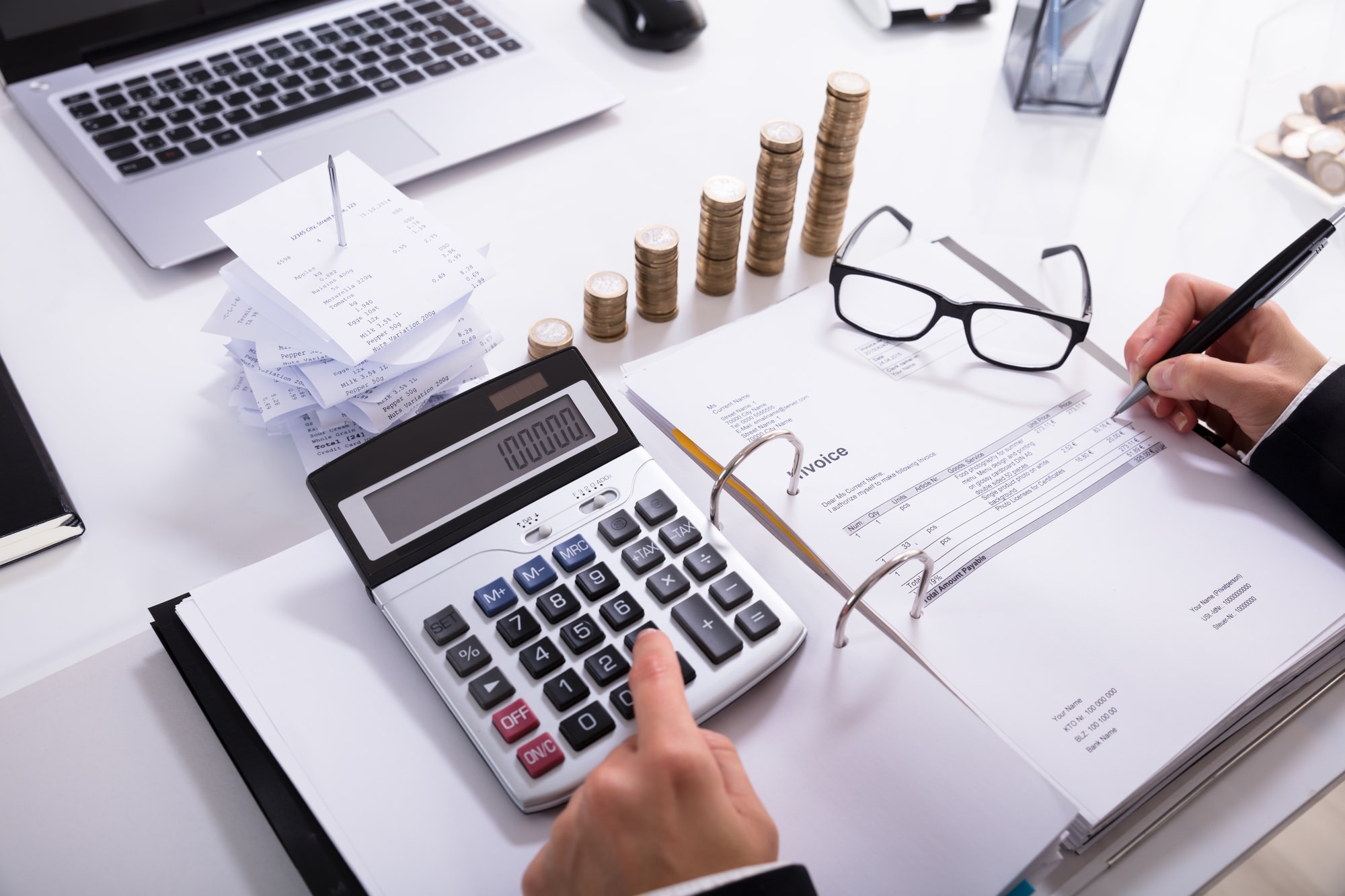
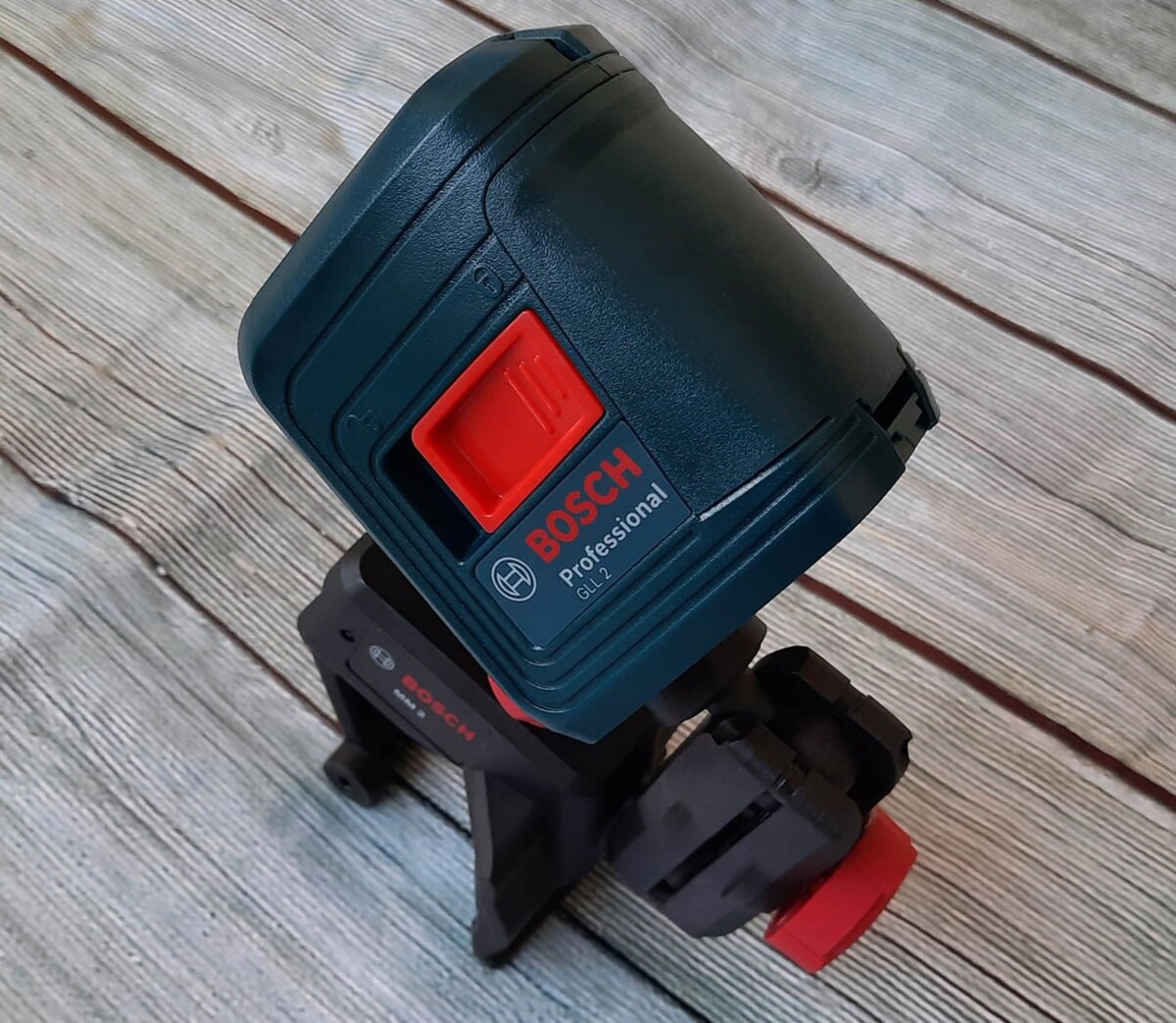
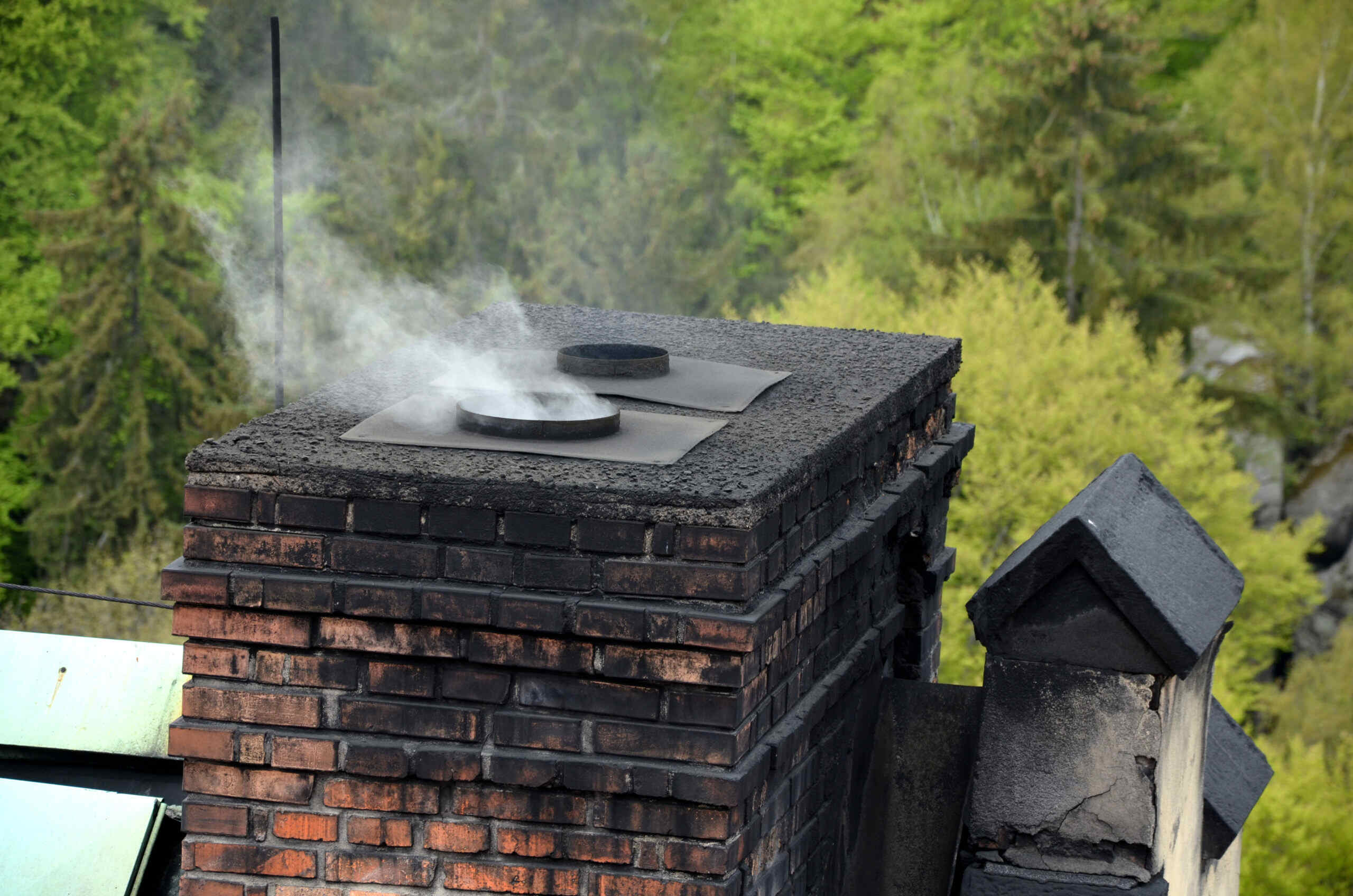
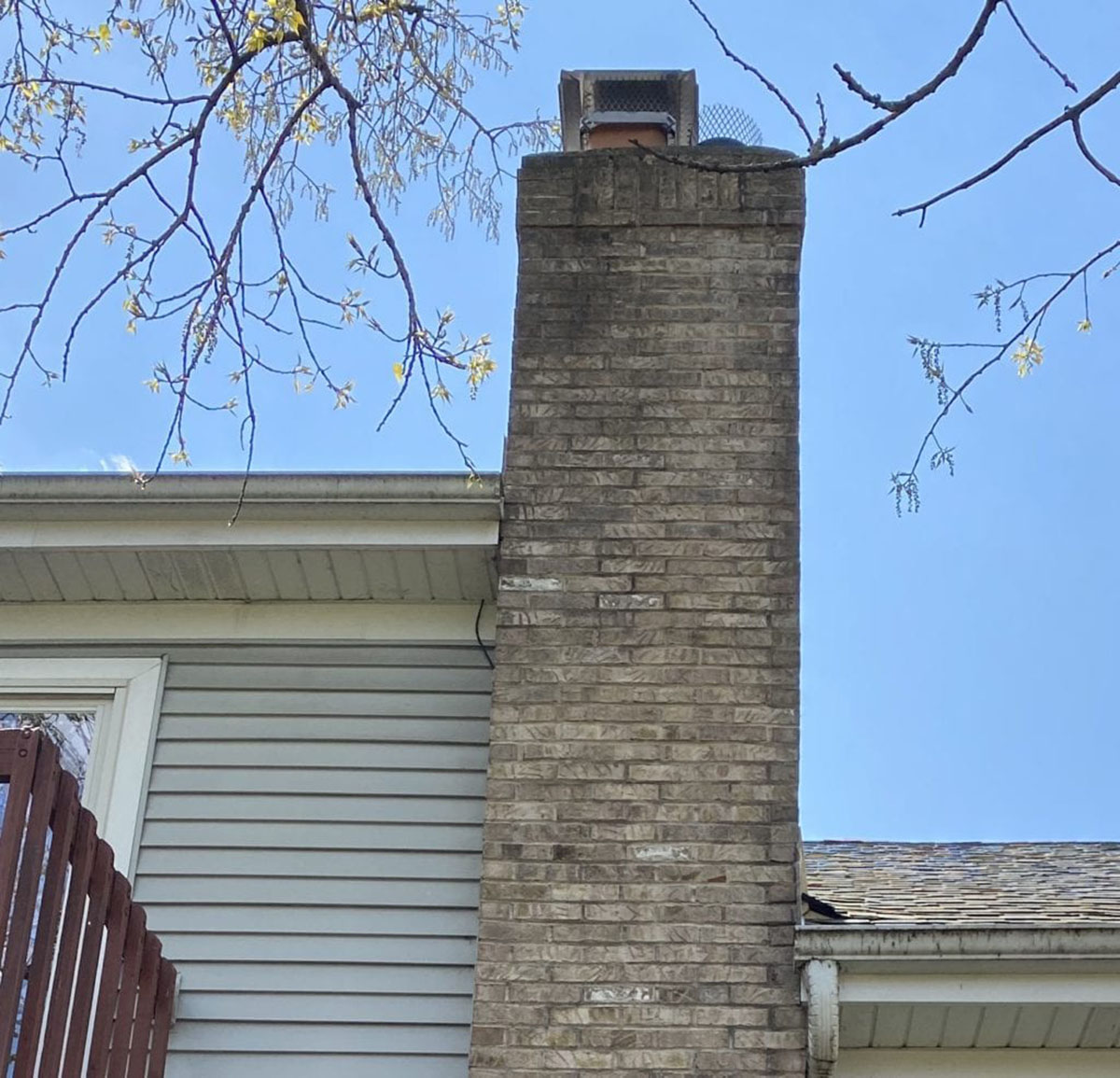
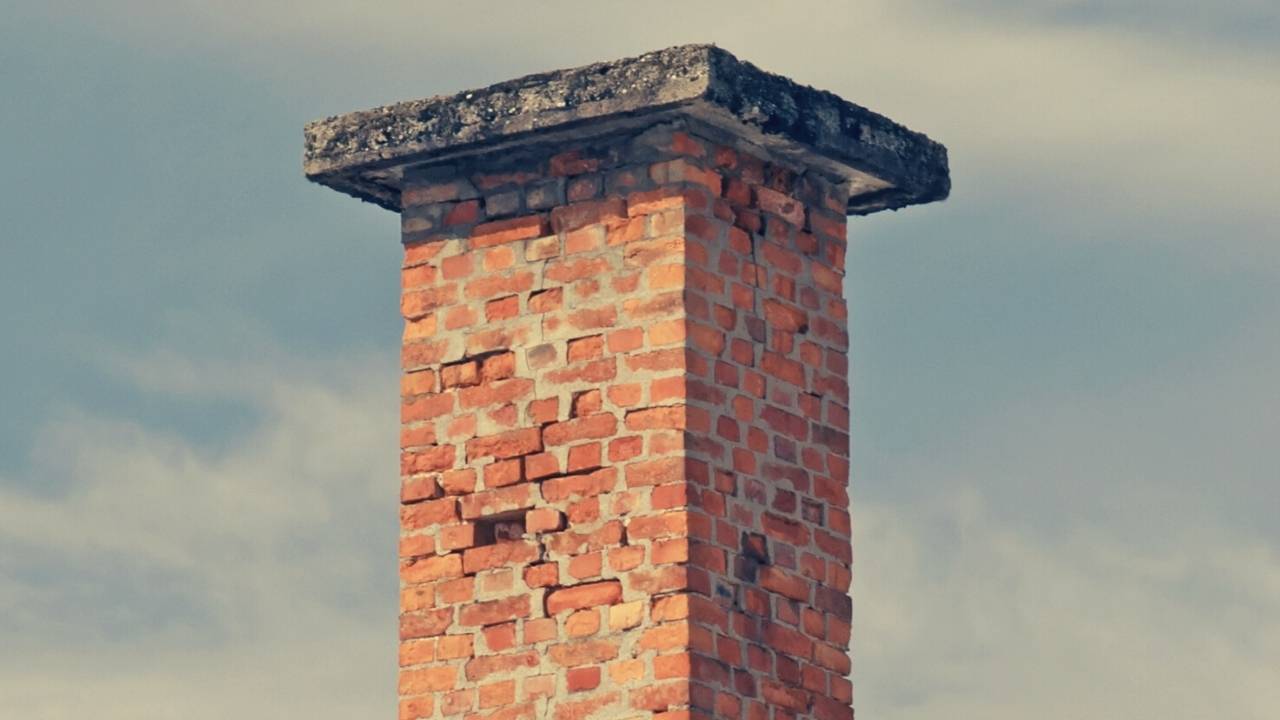
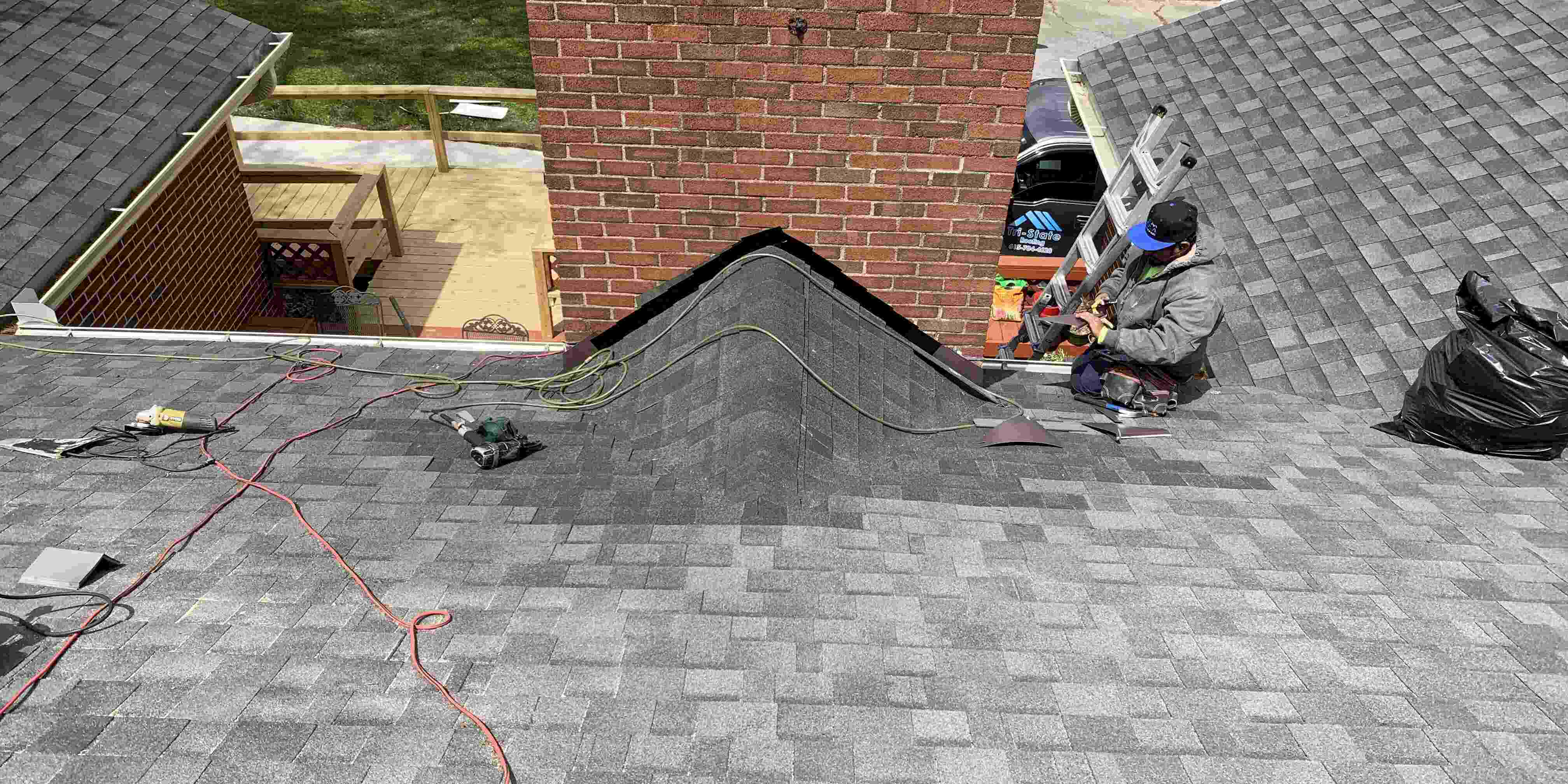
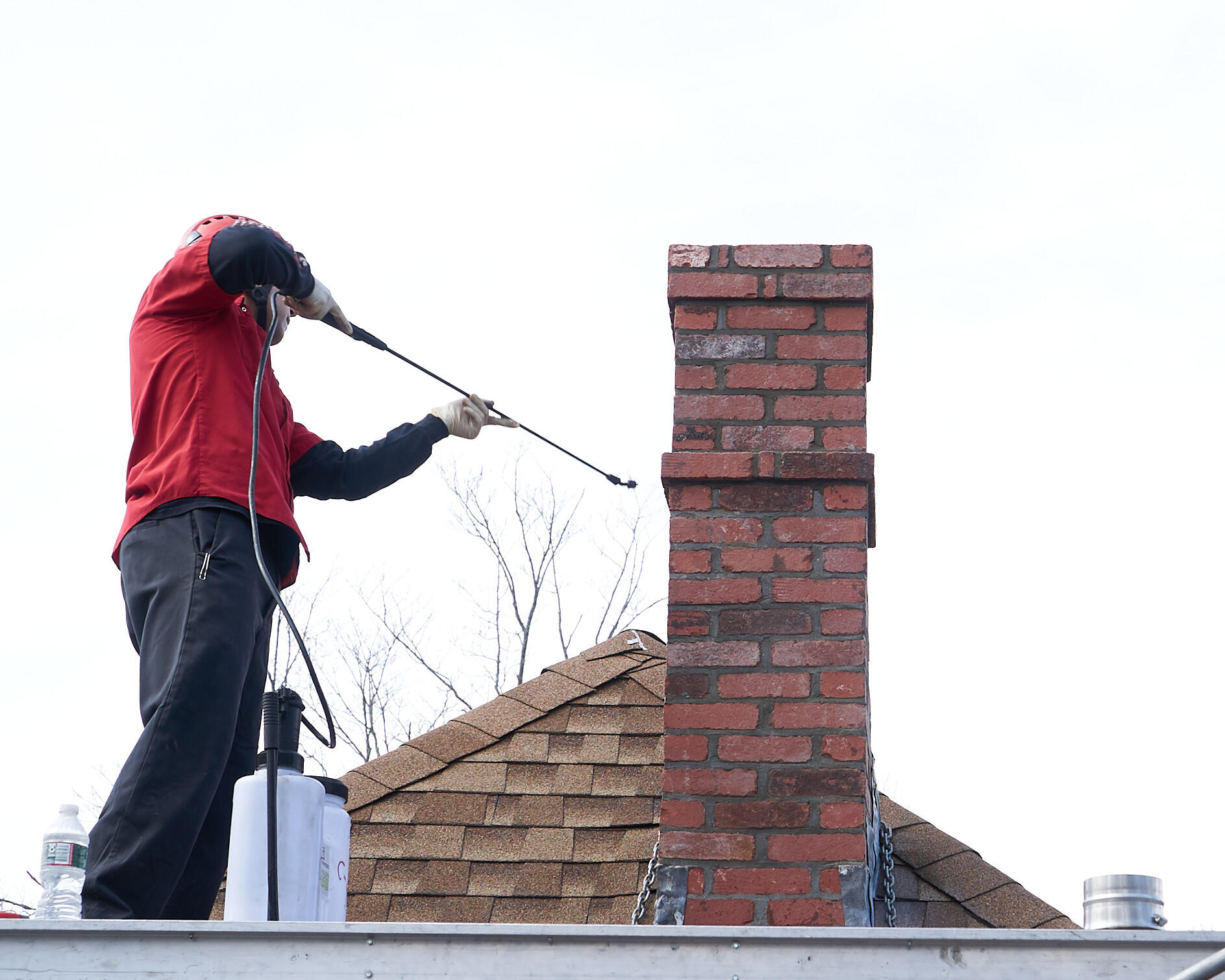
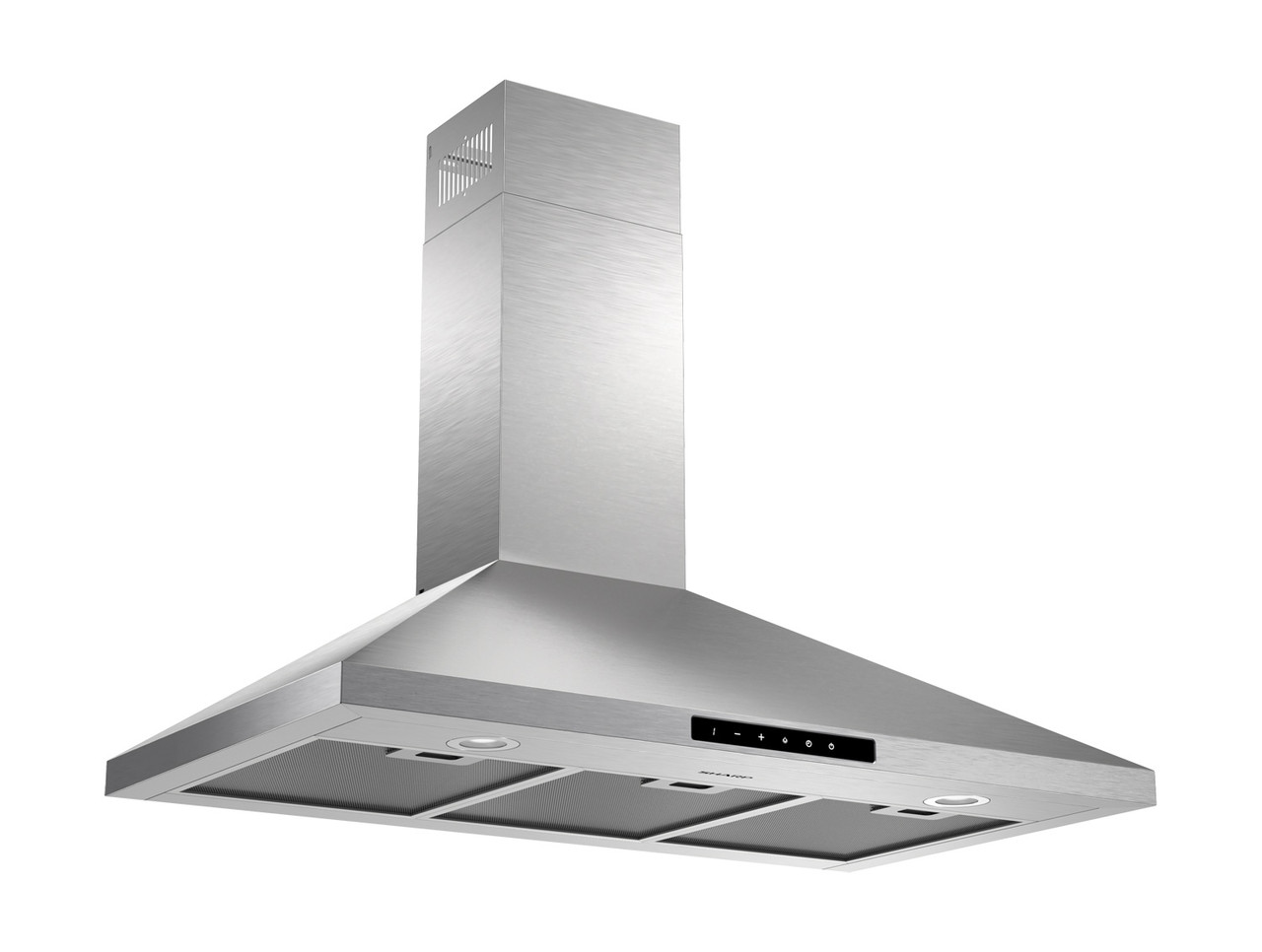
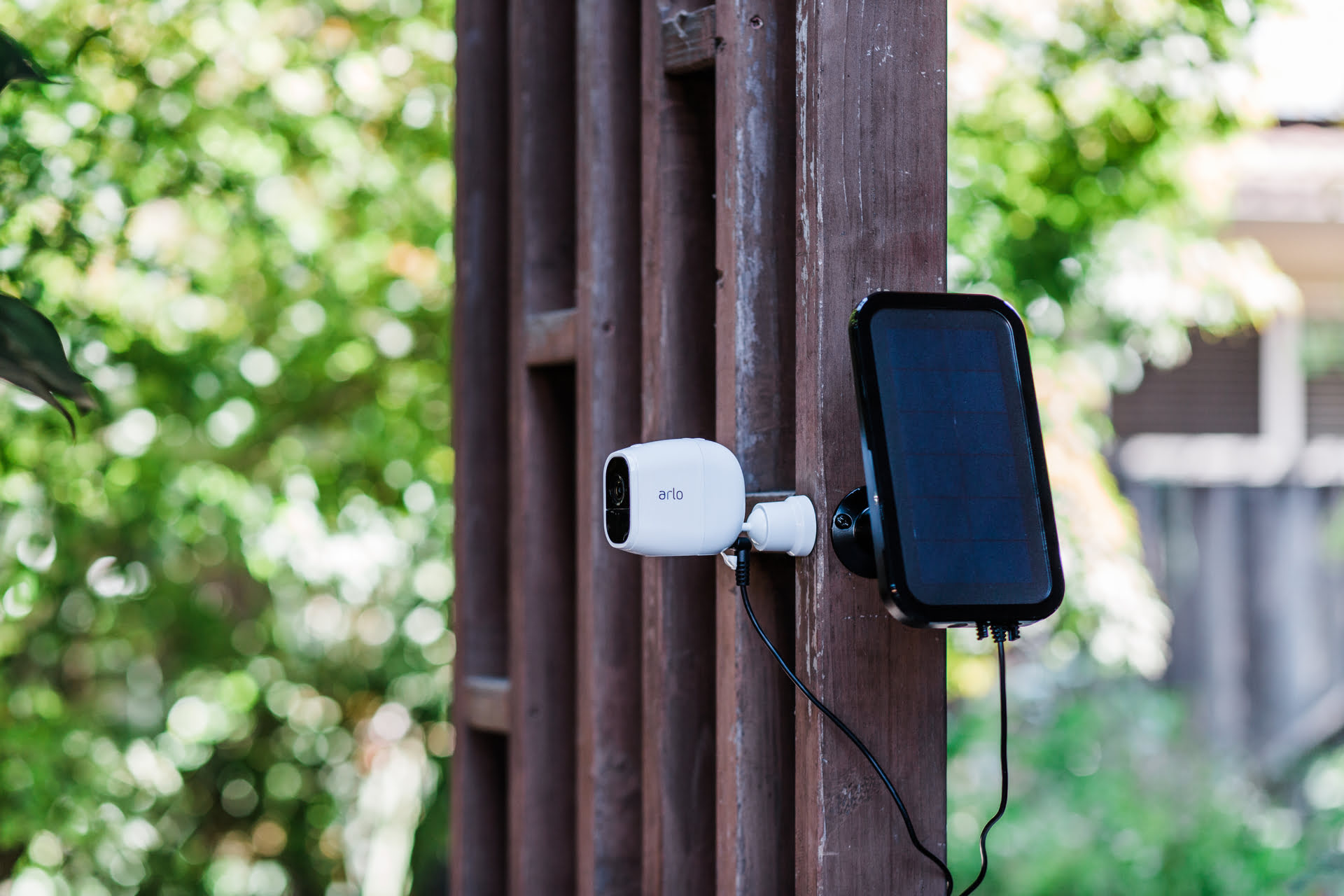
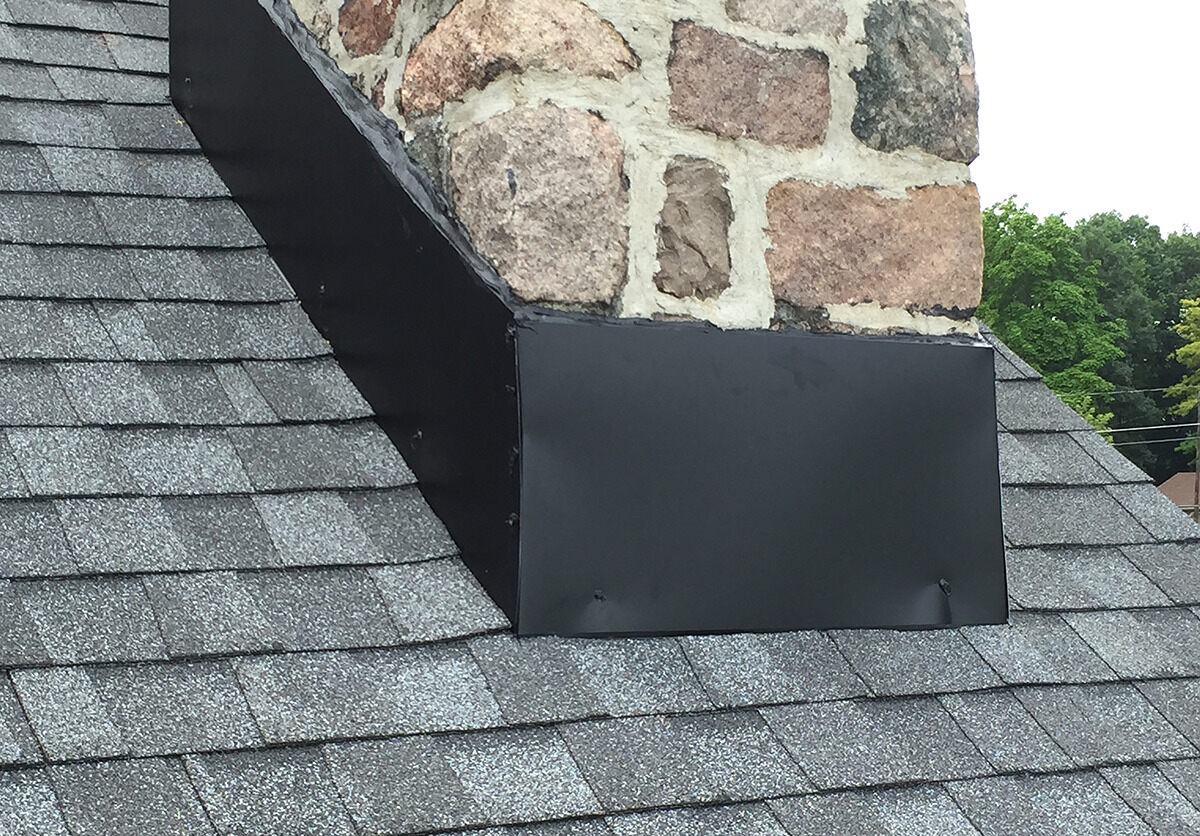
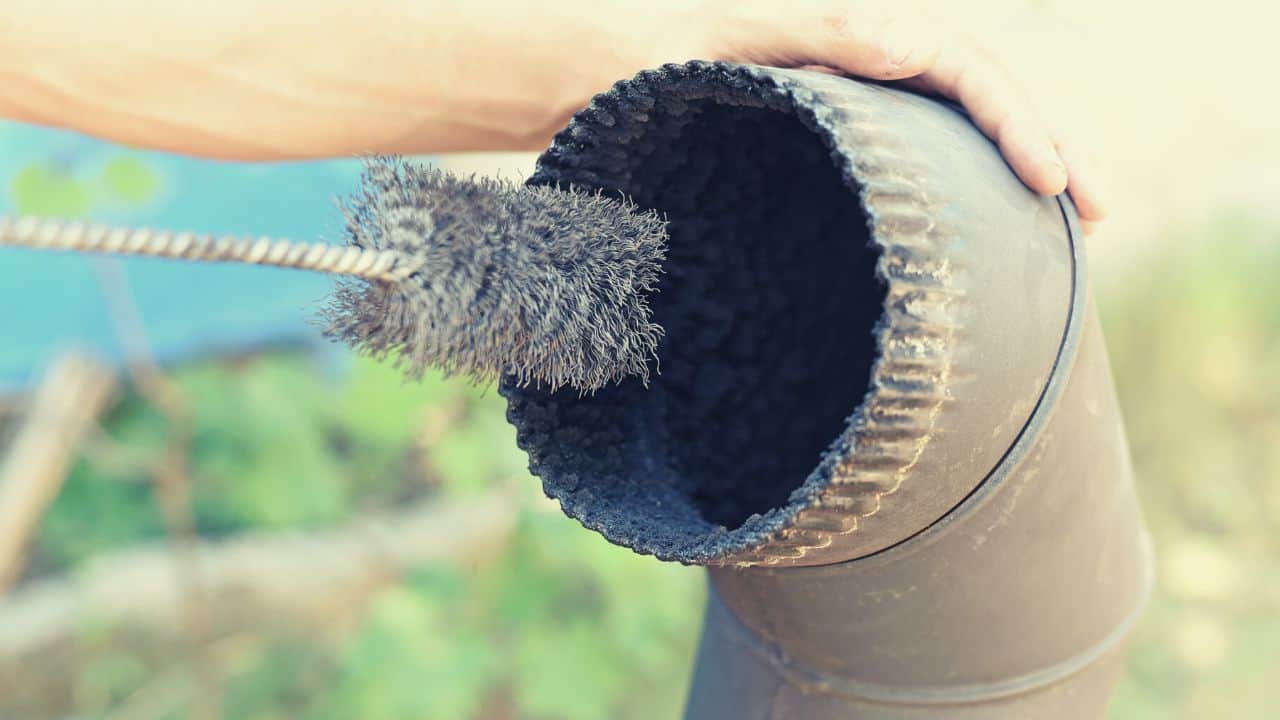
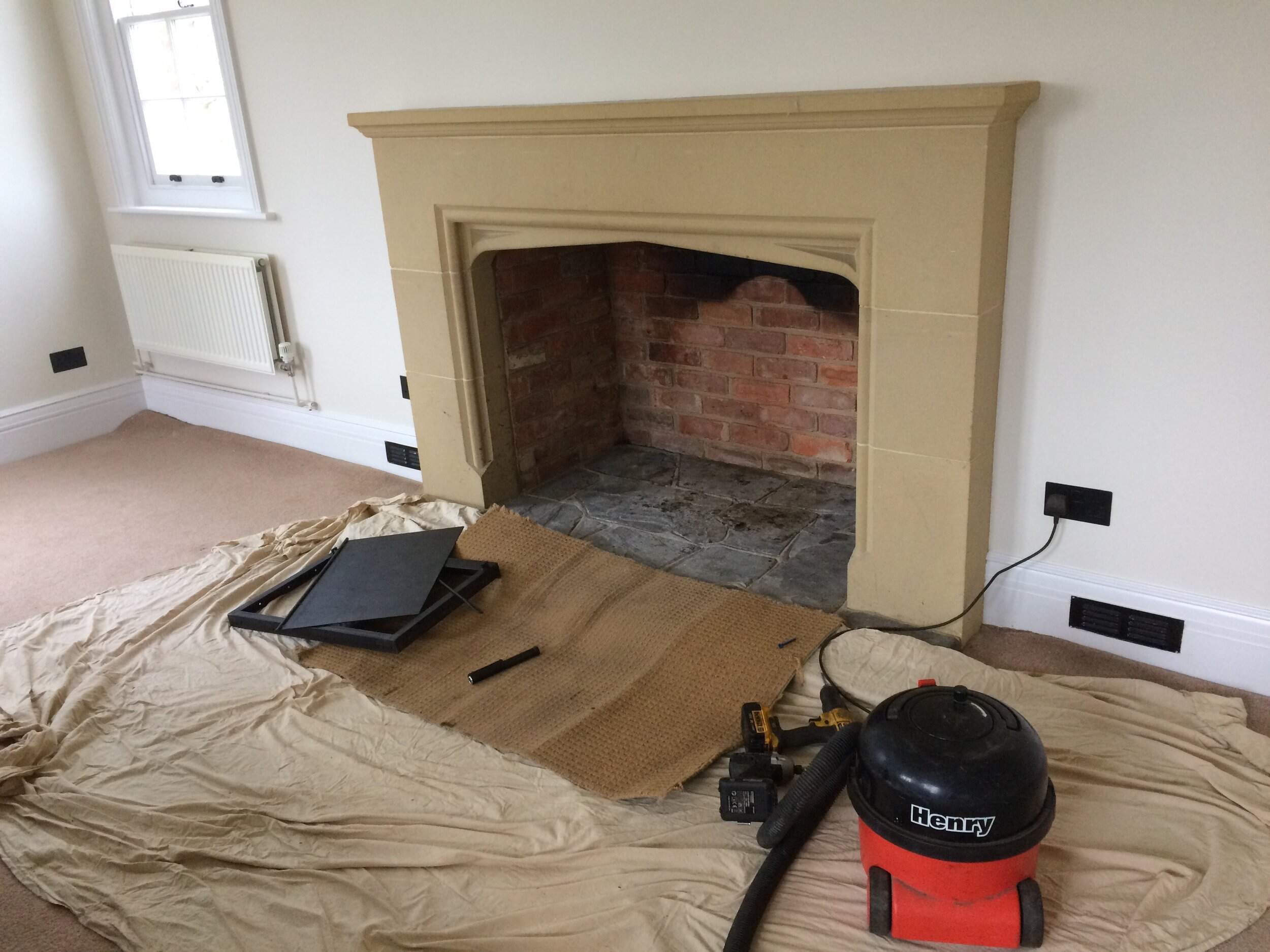
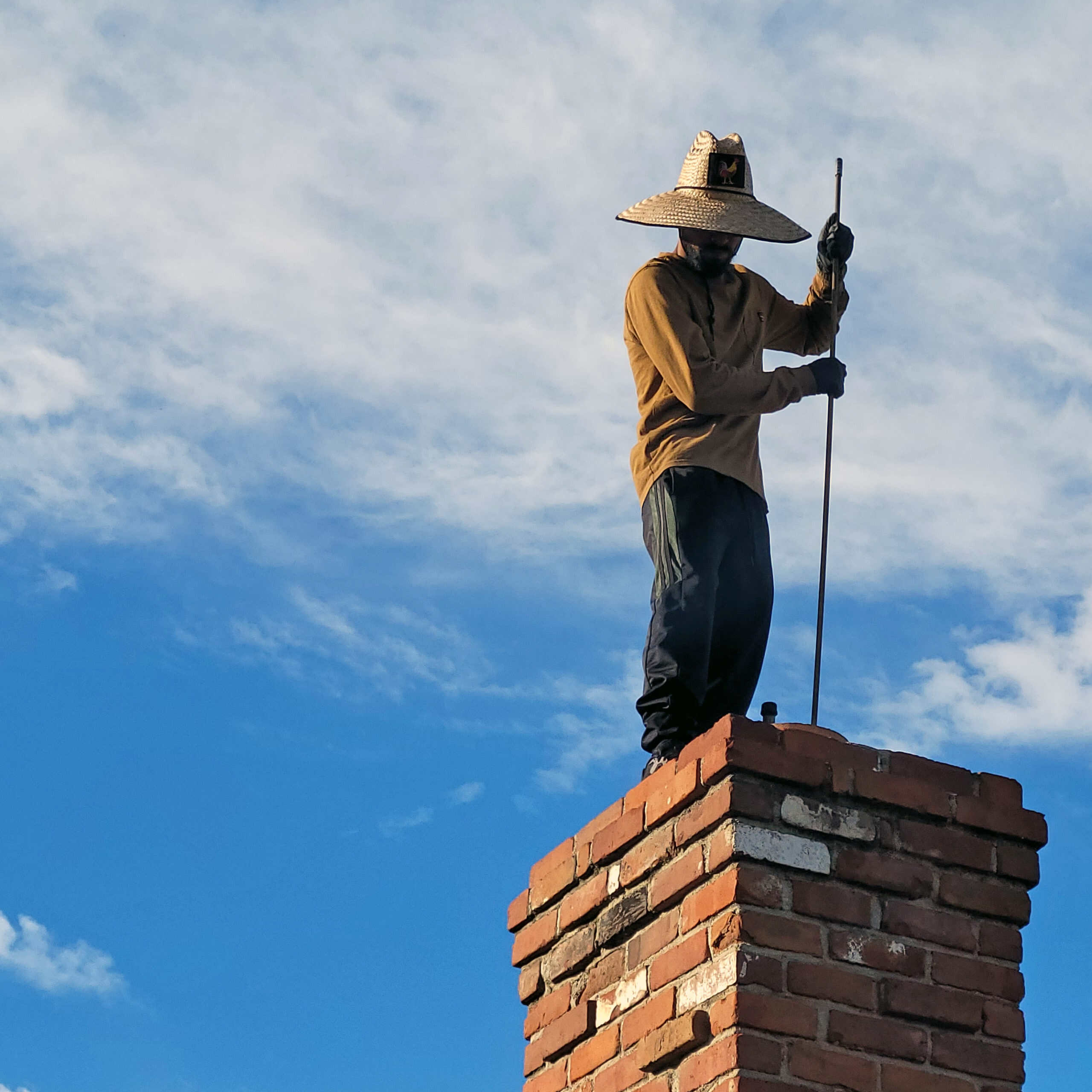

0 thoughts on “What Is A Level 2 Chimney Inspection”